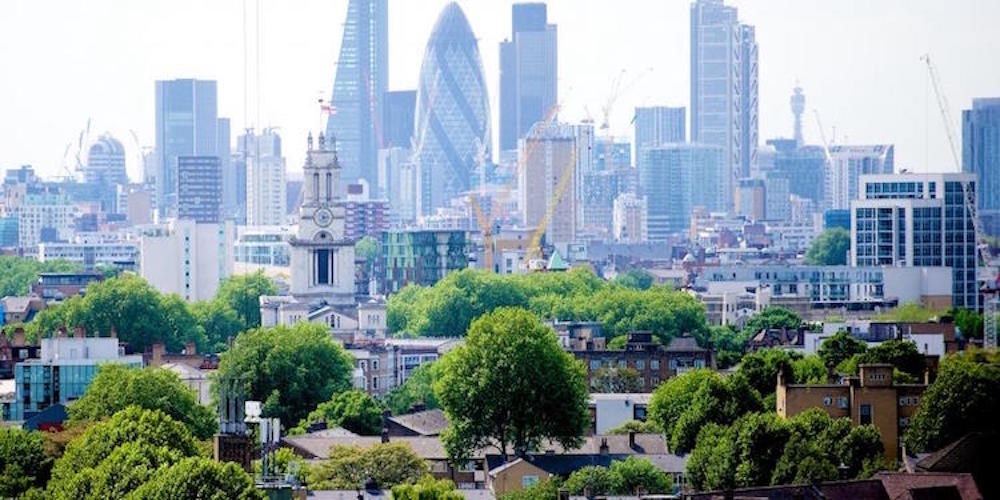In recent weeks, children’s play space has been in the news for worrying reasons. A widely reported story about the Baylis Old School development in Lambeth revealed that the play spaces for the social and affordable rent homes were “segregated” from those for private sale. This was roundly condemned by local councillors, the Mayor, the government and industry representatives. Such separation is manifestly unjust and should have no place in a modern society. But underpinning this is a broader scandal which is rarely highlighted – we are squeezing children and young people out of our city.
Currently, spaces and places for children and young people are disappearing. This is a scandal which Sadiq Khan’s draft new London Plan is setting out to combat.
Imagine if we gave over some of the space currently allocated to cars – car parks, garages, street – to young people of all ages? Imagine if children’s play and young peoples’ activities were prioritised on our estates and housing developments and the ubiquitous ‘No Ball Games’ signs were replaced by basketball hoops?
London’s population is growing, and with denser development and huge construction projects going ahead children and young people have got to be part of the equation. Providing plentiful play space on the doorstep of new developments must be part of the solution to tackling this crisis.
The Mayor is aware of the pressures. An astonishing 40 per cent of London’s children are overweight or obese and the highest rates are in areas of greatest deprivation. That is why he set up London’s child obesity taskforce and made providing play and recreation space a key objective of his vision for a healthy city. Recent years have seen more than £400 million cut from youth service budgets, and local authority spending on play services has dropped by at least 54 per cent since 2008-9. The Mayor rightly recognises that these reductions have contributed to rising knife crime.
The Mayor wants his London Plan to ensure that in all new housing developments there should be accessible, safe, age-appropriate activity space for young people of all ages. The draft policy sets out a requirement of 10 square metres for every child and young person. If this is aggregated, it will mean that teenagers can have not just hanging-out space, but great space marked out for team activities such as five-a-side football or basketball.
This kind of provision can really make a difference. The draft Plan encodes this in policy, with a requirement to make such space “a stimulating environment” and to “form an integral part of the surrounding neighbourhood”. It encourages developers to consider such space as an integral part of design and to deliver it in the early phases of development.
Let’s involve children and young people in the design of these spaces. We can pull together knowledge and ideas in terms of social integration, health, policing, arts, education, culture and sports to ensure that the spaces we build for young people best meet their needs.
This will certainly be at the forefront of discussion at a public session taking place today at City Hall. Play and informal recreation will be debated in front of government- appointed inspectors and livestreamed for the public to see.
The London Plan is one of the most important documents a London Mayor produces. Sadiq Khan’s new one will shape the development and growth of the capital and affect the lives of every single Londoner. We owe it to our children to make sure these policies deliver just, inclusive and high-quality play spaces and help to make London a place where young people feel safe and can realise their potential.
Nicky Gavron is a Londonwide London Assembly Member and deputy chair of the Assembly’s planning committee.

